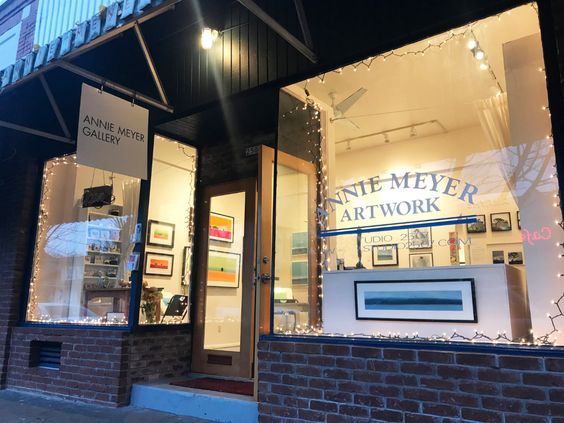
Recently, I interviewed Annie Meyer who is one of the leading figures in the Portland art scene. Long story short, Meyer came to Portland in the 1980’s while driving up from California and oddly enough her car broke down in Portland. In 1995, she opened up her art gallery on Clinton Street and in 2010 opened up a successful art gallery in the Pearl District before closing it in 2018. In 2004, Meyer received a grant from the Regional Arts and Culture Council to create a map of First Friday Art Walk. Meyer is one of the few people that has witnessed the changes in the Portland art culture over the years.
Speaking of changes, in the past 20 years, the art scene in Portland has not changed for the better and has “devolved”. This can be due to the increasing rent prices happening in Portland due to new developments that has to do with gentrification.
With the rise of gentrification in Portland, it has affected the art scene in the process and has made it worse, especially for emerging artists getting their start. Meyer’s thoughts on how gentrification affected the art scene in Portland is that it is:
More expensive for artist to have a gallery to sell their art.
Brings in people with money, but they are either not buying art or
maybe it is harder for them to find artists.
~Annie Meyer
As to making the art scene more accessible to emerging artists coming from different cities and states. Portland needs to encourage artists to be part of the art scene. First Friday Art Walk is one example that Meyer suggested and to elaborate further:
[You need] cheaper places and First Friday Art Walk is perfect.
It is less about drinking and more about art.
~ Annie Meyer
This coming August and September, First Friday is having an Art Party, that is at no cost for artists, which will help them tremendously. As a quick mention, First Friday Art Walk recently became a non-profit.
Therefore, Portland is an art buying city, but in times like these, everyone has to step in and help make it a thriving and lasting art culture. Not only does the art community has to be doing the work, but the city has to be doing its part as well. Finally, when people from different backgrounds put aside their differences and work together for a cause, change happens for the better.
